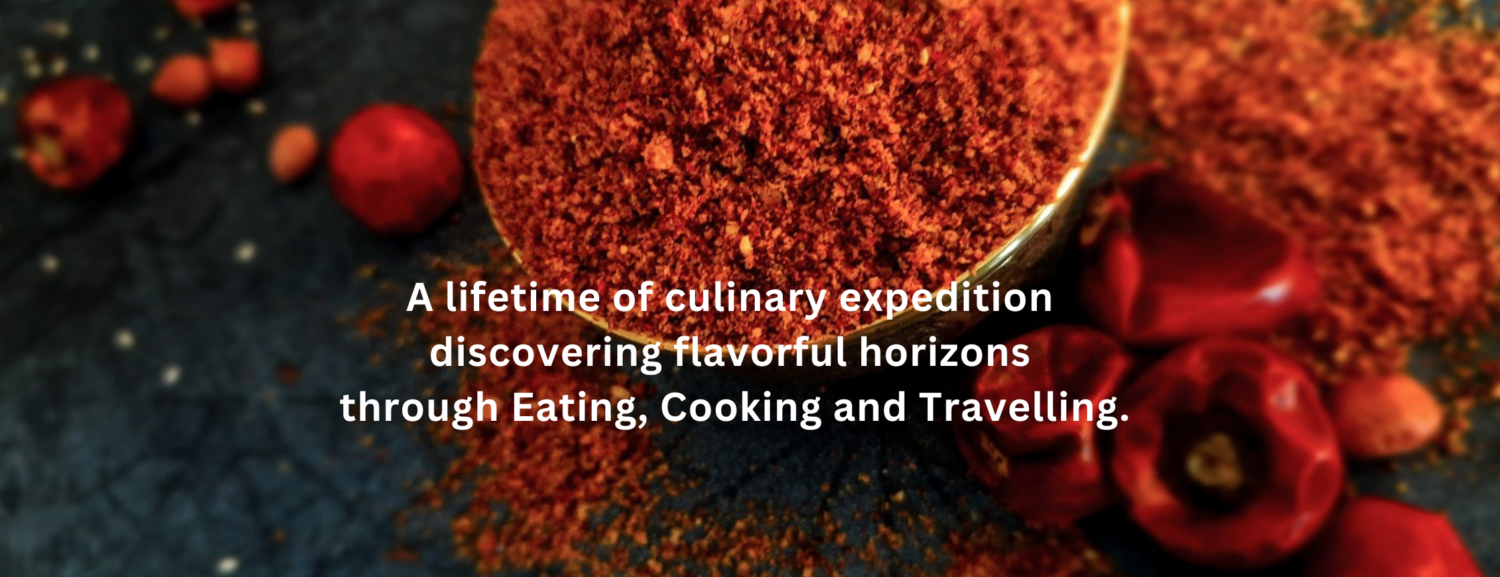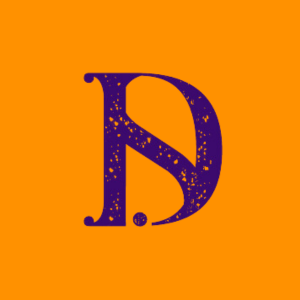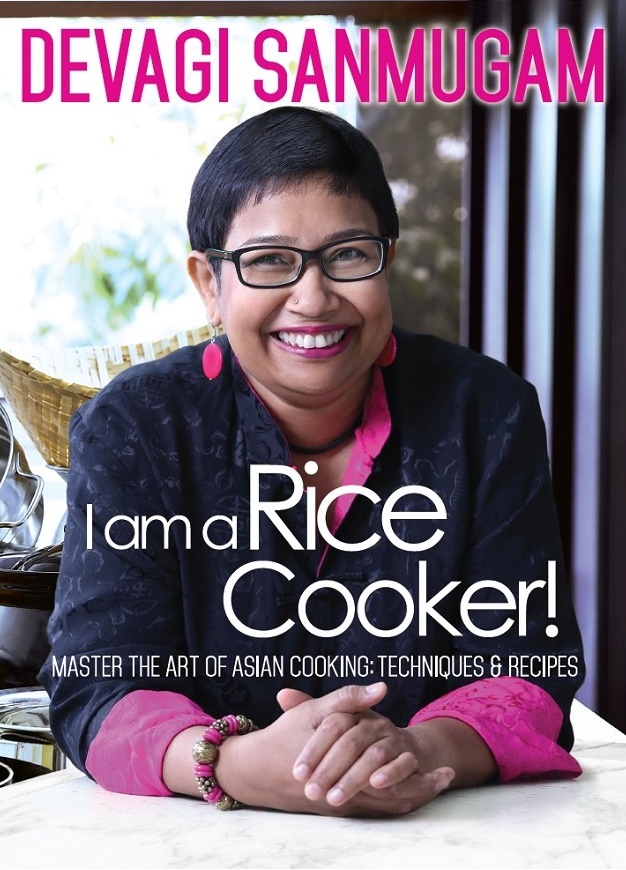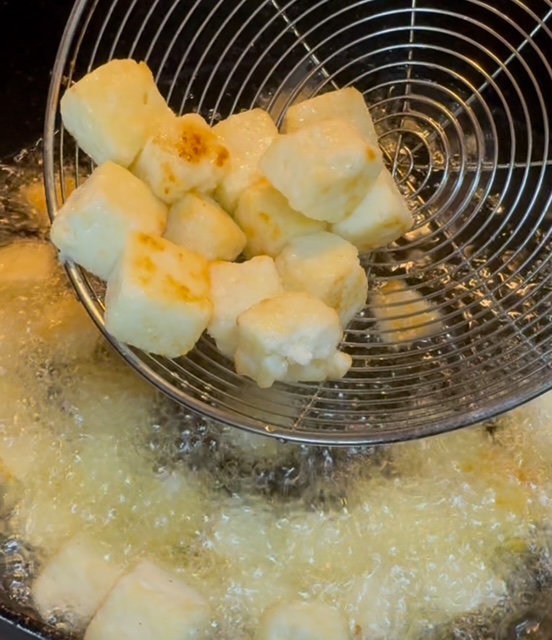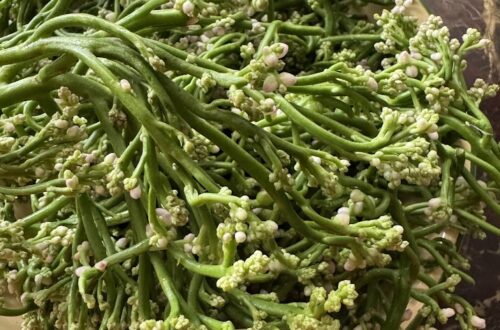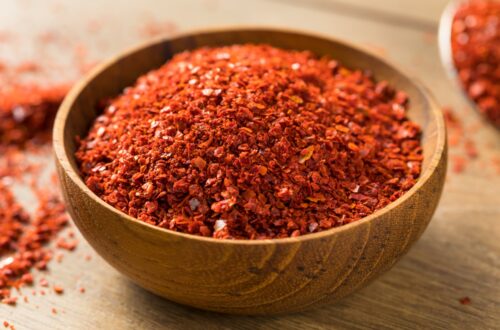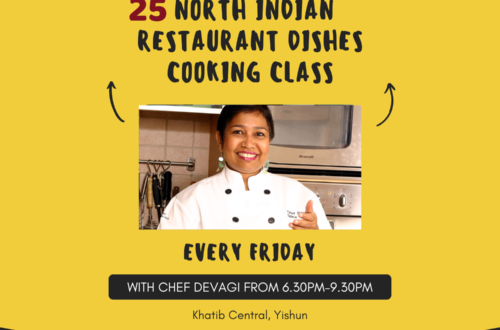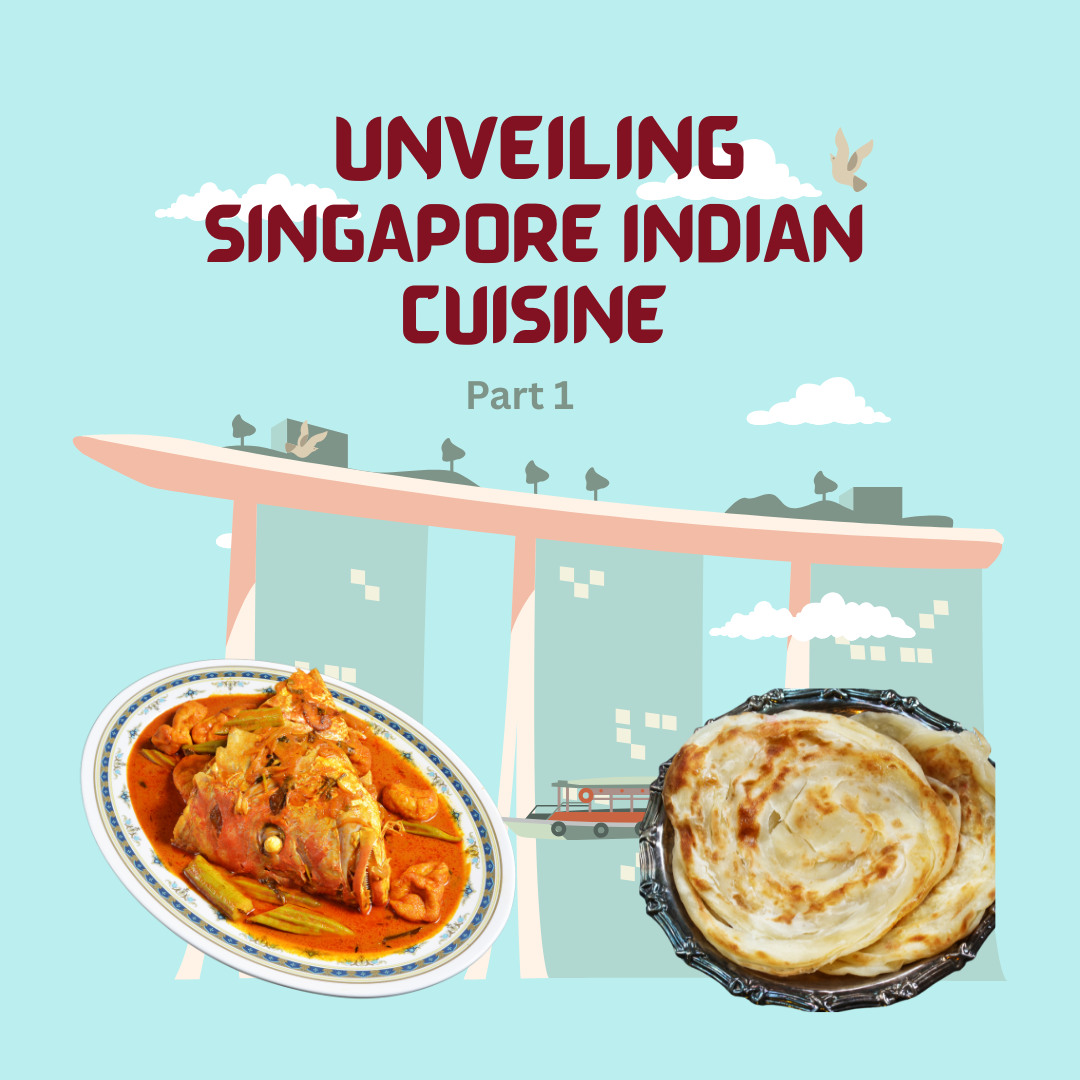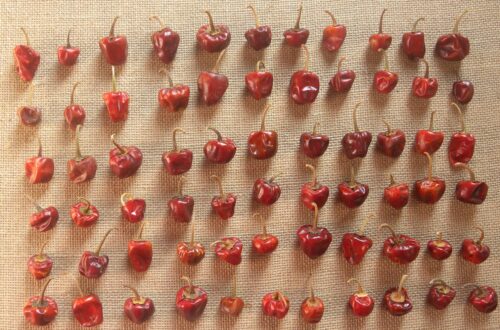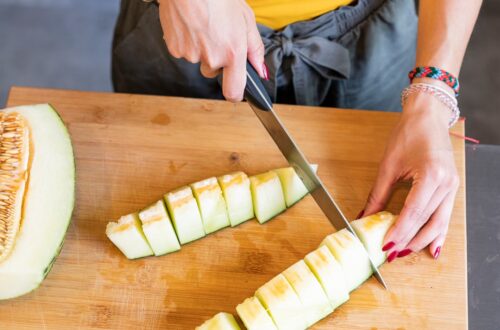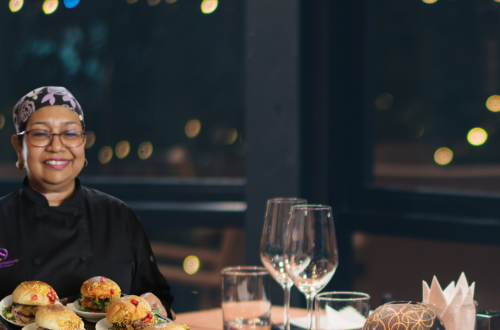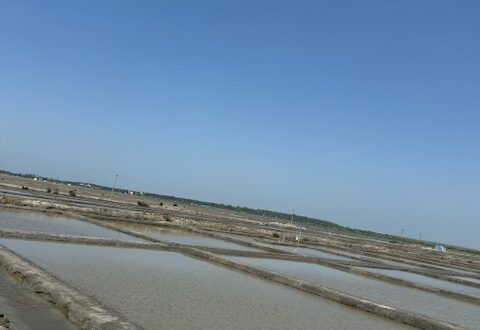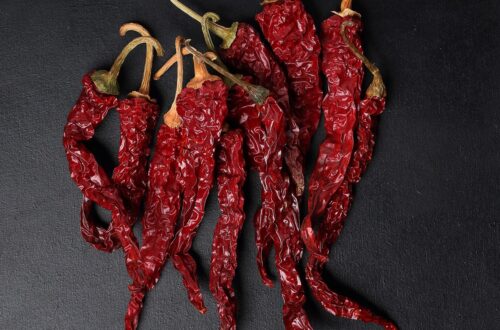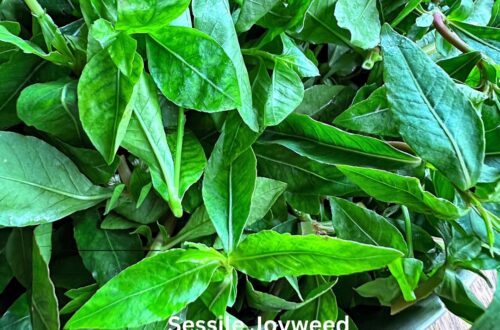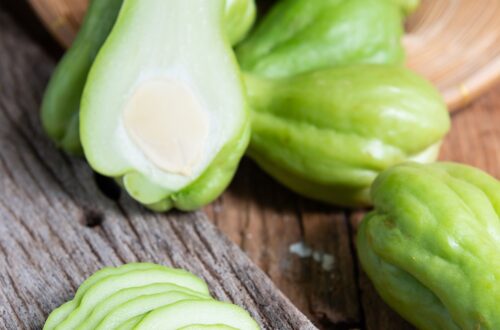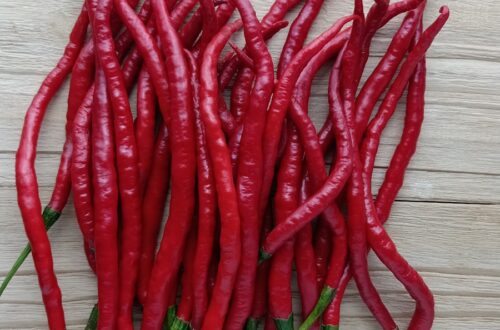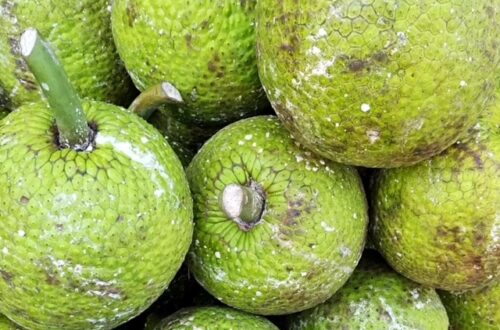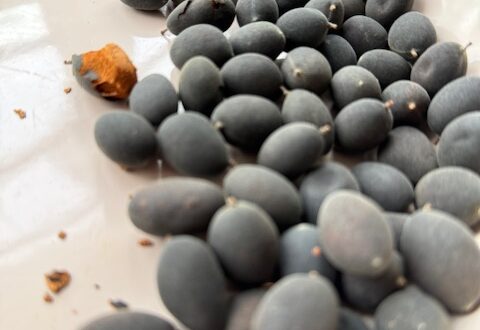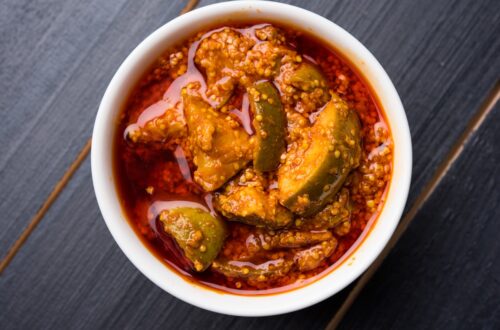-
Benefits of Frying Paneer
Frying paneer helps to create a slightly crispy outer layer, which can enhance its texture. When you soak it afterward, the paneer retains some of that crispiness while also becoming softer, making it more enjoyable to eat.
-
North Indian Restaurant Favorites
Whether you are a food enthusiast, a culinary student, caterer or someone in the restaurant industry, this class welcomes all who wish to enhance their culinary repertoire. Join us for an unforgettable experience filled with laughter, learning, and, most importantly, the joy of cooking North Indian cuisine! Sign up now and take the first step toward mastering these beloved dishes!
-
Unlock the Joy of South Indian Homestyle Cooking
Do you wish you had learned to cook nutritious, wholesome meals from your mum, grandmother, or another great home cook? After countless meals from takeout or delivery, have you come to realize that nothing beats a home-cooked dish? If you find yourself watching YouTube tutorials, exploring TikTok recipes, or flipping through cookbooks but still lack the confidence to try your hand at cooking, you’re not alone. Many people share your feelings! Don't let those aspirations go unfulfilled. It's time to embrace the joy of home cooking and create delicious meals for yourself and your loved ones.
-
Unveiling Singapore Indian Cuisine
I can confidently say that Singapore Indian cuisine is a vibrant blend of traditional Indian dishes from various ethnic groups, including Tamils, Punjabis, and Malayalees, harmoniously combined with local flavors and ingredients from Chinese and Malay culinary traditions. This unique fusion beautifully reflects the multicultural essence and culinary diversity of Singapore.
-
Key To Flavorful Biryani – MEAT!
When preparing a delicious biryani, the quality of the meat is crucial, as it significantly influences the dish's flavor and texture. Always opt for fresh meat, as freshness ensures the best flavor, tenderness, and overall texture. Look for meat with a bright color and no unpleasant odor. Purchase from reputable sources to guarantee quality and proper handling; organic or free-range options often provide better flavor and texture. A moderate fat content can enhance the meat's flavor and moisture, with well-marbled pieces (small flecks of fat) being more flavorful.
-
Rice for Biryani
Basmati rice is renowned for its unique, fragrant aroma that enriches the biryani experience. When cooked, its grains elongate significantly—up to 2-3 times their original length—maintaining individual shapes and resulting in a fluffy texture. This prevents clumping, making it ideal for layering with meat and spices. Basmati's subtly sweet, slightly nutty flavor complements spiced meat, and its distinct floral aroma enhances the dish's fragrance.
-
Basic Biryani Types
This dish involves layering marinated cooked meat with partially cooked rice in a sealed pot. Each grain remains separate and fluffy, infused with rich aromatic flavors from the spices. Biryani usually contains more spices, including saffron, and has a complex flavor profile. Made using the draining method, it is often garnished with fried onions, boiled eggs, nuts, dried fruits, and fresh herbs, served as a meal on its own, typically with chutney or raita.
-
How to Make the Oily Noodles Less Oily?
To eliminate the oil and strong odor from the noodles, rinse them quickly under cold water to remove excess oil and lingering smells. If they are particularly oily, soak them in hot water for 1-2 minutes, drain, and rinse with cold water. This softens the noodles without making them mushy. After washing or soaking, drain and use the noodles immediately; letting them sit too long can lead to excess moisture and sogginess.
-
Why I Hand-Beat the Thosai Batter?
Hand beating introduces air into the batter, which helps activate the natural yeast present in the ingredients and this is crucial for fermentation as it promotes the growth of beneficial bacteria and yeast, leading to better rise and texture. Hand mixing is gentler than using electric whisk as it allows for precise control over how much gluten is developed. In thosai batter, the right amount of gluten contributes to a softer texture, which is key for achieving the perfect crispy yet fluffy thosai.
-
The Art of Bashing Turkey Berries
n Indian cuisine, turkey berries are often bashed before cooking to soften their texture and enhance flavor, as raw berries tend to be tough and bitter. The small seeds are frequently discarded due to their gritty texture and slight bitterness, and some people avoid them because of concerns regarding their digestibility or potential toxicity in larger amounts. Rinsing the berries removes dirt, and bashing them in small batches ensures even crushing. Placing the bashed berries in water prevents oxidation and allows for easier separation of the seeds, keeping the berries fresh and the preparation process efficient.
